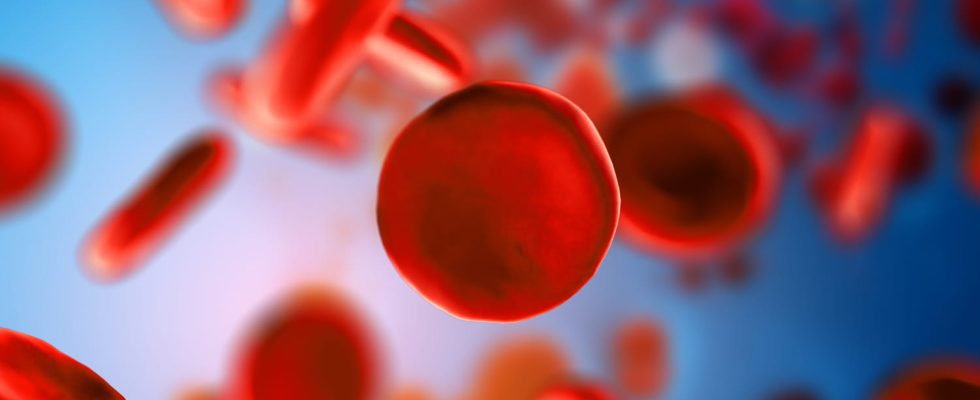Designating the presence of abnormal cells in the cerebrospinal fluid, pleocytosis is diagnosed on the study of this fluid from the realization of a lumbar puncture. It can be the sign of so-called acute meningitis but also of an isolated encephalitic syndrome or associated with a meningeal syndrome.
What is pleocytosis?
Pleocytosis refers to the presence of cells in abnormal levels in the cerebrospinal fluid (formerly referred to as cerebrospinal fluid) due to pathology. “Pleocytosis can present with dominant red blood cells or red blood cells (red cell pleocytosis), or with other cell types (monocytes, lymphocytes, leukocytes, cancer cells)“, emphasizes Dr. Jean-Philippe Delabrousse-Mayoux, neurologist at the Samuel Pozzi Hospital Center in Bergerac. The diagnosis of pleocytosis will be made on the study of the cerebrospinal fluid (LCS) by performing a lumbar puncture. “If there is presence of deficient clinical signs, it will always be necessary to brain imaging before performing the lumbar puncture“, insists the specialist.
Is this a sign of meningitis?
Whatever the etiology, in front of the association of several factors, it is necessary to worry: headaches (headaches) almost constant, early intense, diffuse, poorly relieved by the usual analgesics increased by different stimuli : head movements, exposure to light (photophobia) or noise (phonophobia). Of the early inconstant vomiting Spontaneous, in jet, which can be favored by the changes of position. of a meningeal stiffness : the flexion of the head by the examiner leading to an invincible and painful resistance of the neck, in particular. “In the case of an array of acute infectious meningitis, there is also the presence of a infectious syndrome (fever, muscle pain, sweating, signs of an associated infection: pneumopathy, ENT focus (otitis, sinusitis, mastoiditis, nasopharyngitis, angina), urinary tract infection, digestive disorder (diarrhea), skin rash, cardiac involvement (endocarditis, myocarditis)”. A purpura should evoke a meningococcal meningitis and is a life-threatening emergency.
What tests should be done to confirm the diagnosis?
There lumbar puncture allows to take a sample of the cerebrospinal fluid and to confirm the meningeal syndrome with cytological, bacteriological, chemical study with realization if necessary PCR (in the case of a suspected viral etiology). “In case of isolated encephalitic syndrome or sometimes associated with meningeal syndrome, carrying out a emergency brain imaging is required before performing the lumbar puncture.
What treatment should be considered in case of pleocytosis?
The treatments will be adapted according to the etiologies. “For example, in the context of infectious bacterial meningitis, the treatment is based on a broad-spectrum antibiotic therapy to begin after performing the lumbar puncture and then to adapt according to the results of the cytobacteriological study associated with corticosteroid therapy. It is also necessary to look for and treat entry points (local pulmonary, dental or ENT infections such as nasopharyngitis and otitis, etc. Finally, treatment consists of setting up a preventive care for those around you of the patient antibiotic prophylaxis, vaccination… “The populations most at risk are infants, the immunocompromised, the elderly to the more fragile immune system for which preventive vaccination is recommended.“Not all meningitis is infectious, there are inflammatory, carcinomatous meningitis… concludes the neurologist.
Thanks to Doctor Jean-Philippe Delabrousse-Mayoux, neurologist at the Samuel Pozzi Hospital Center in Bergerac.
